According to SamMobile , the Switch 2 gaming console is expected to be the successor to the Switch, and the OLED Switch is currently said to be in development. Recently, rumors have revealed that the Switch 2 will be equipped with a significantly more powerful Nvidia T239 chipset than the Nvidia Tegra X1 and X1+ of the current Switch model.
If this rumor is accurate, the new chipset will bring significantly faster and smoother performance to the Switch 2. And one of the key features for the new chipset to provide superior graphics performance will likely be Nvidia's Deep Learning Super Sampling (DLSS) technology.
DLSS will leverage artificial intelligence (AI) to generate more frames, making games look smoother. While the feature can run on the CPU, it will work best on a Deep Learning Accelerator (DLA) chip, which is designed to speed up deep learning tasks. Until now, many believed that the T239 chipset would have DLA, since its base chipset, the Nvidia T234, also supports DLA. But according to a new report, that may not be the case.

Switch 2 may not operate DLSS optimally
According to Digital Foundry, the Nvidia T239 will not have DLA, which means that the DLSS technology on the Nintendo Switch 2 may not work as well as on chipsets with DLA, which means that the device's graphics will not be improved to the best level. Furthermore, without special hardware to operate, DLSS is forced to rely on the CPU, which will also greatly affect the overall performance of the Nintendo Switch 2. Besides, without DLA, the Nintendo Switch 2 will only be able to run games at 1080p resolution or a maximum of 1440p (2K).
In addition to the new chipset, the Nintendo Switch 2 is expected to feature an improved display, redesigned controller, and more storage. The company is expected to launch the Switch 2 in March 2024.
Source link


![[Photo] National Assembly Chairman Tran Thanh Man chairs the meeting of the Subcommittee on Documents of the First National Assembly Party Congress](https://vphoto.vietnam.vn/thumb/1200x675/vietnam/resource/IMAGE/2025/5/8/72b19a73d94a4affab411fd8c87f4f8d)
![[Photo] General Secretary concludes visit to Azerbaijan, departs for visit to Russian Federation](https://vphoto.vietnam.vn/thumb/1200x675/vietnam/resource/IMAGE/2025/5/8/7a135ad280314b66917ad278ce0e26fa)
![[Photo] President Luong Cuong presents the decision to appoint Deputy Head of the Office of the President](https://vphoto.vietnam.vn/thumb/1200x675/vietnam/resource/IMAGE/2025/5/8/501f8ee192f3476ab9f7579c57b423ad)
![[Photo] General Secretary To Lam begins official visit to Russia and attends the 80th Anniversary of Victory over Fascism](https://vphoto.vietnam.vn/thumb/1200x675/vietnam/resource/IMAGE/2025/5/8/5d2566d7f67d4a1e9b88bc677831ec9d)
![[Photo] Prime Minister Pham Minh Chinh meets with the Policy Advisory Council on Private Economic Development](https://vphoto.vietnam.vn/thumb/1200x675/vietnam/resource/IMAGE/2025/5/8/387da60b85cc489ab2aed8442fc3b14a)

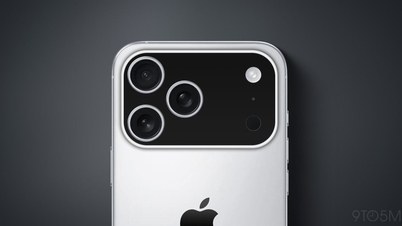


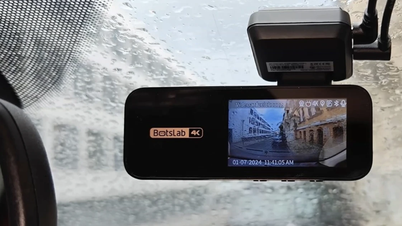
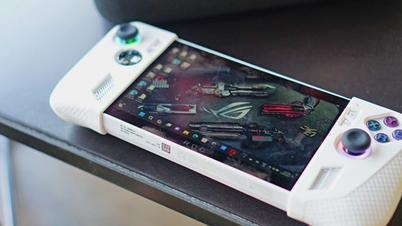

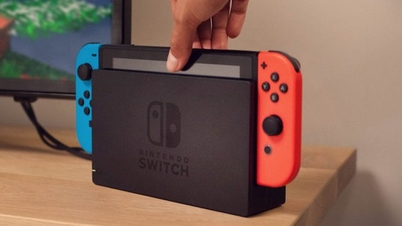
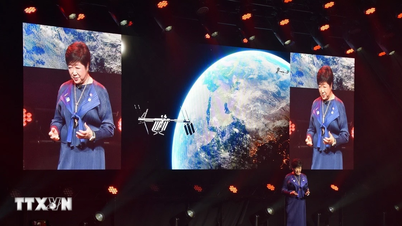


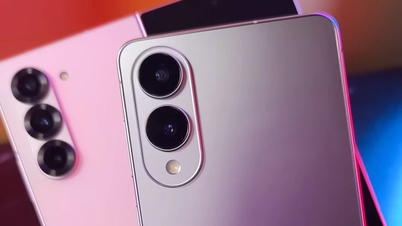

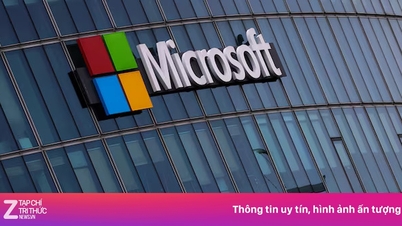










































![[Photo] Prime Minister Pham Minh Chinh talks on the phone with Singaporean Prime Minister Lawrence Wong](https://vphoto.vietnam.vn/thumb/402x226/vietnam/resource/IMAGE/2025/5/8/e2eab082d9bc4fc4a360b28fa0ab94de)































Comment (0)